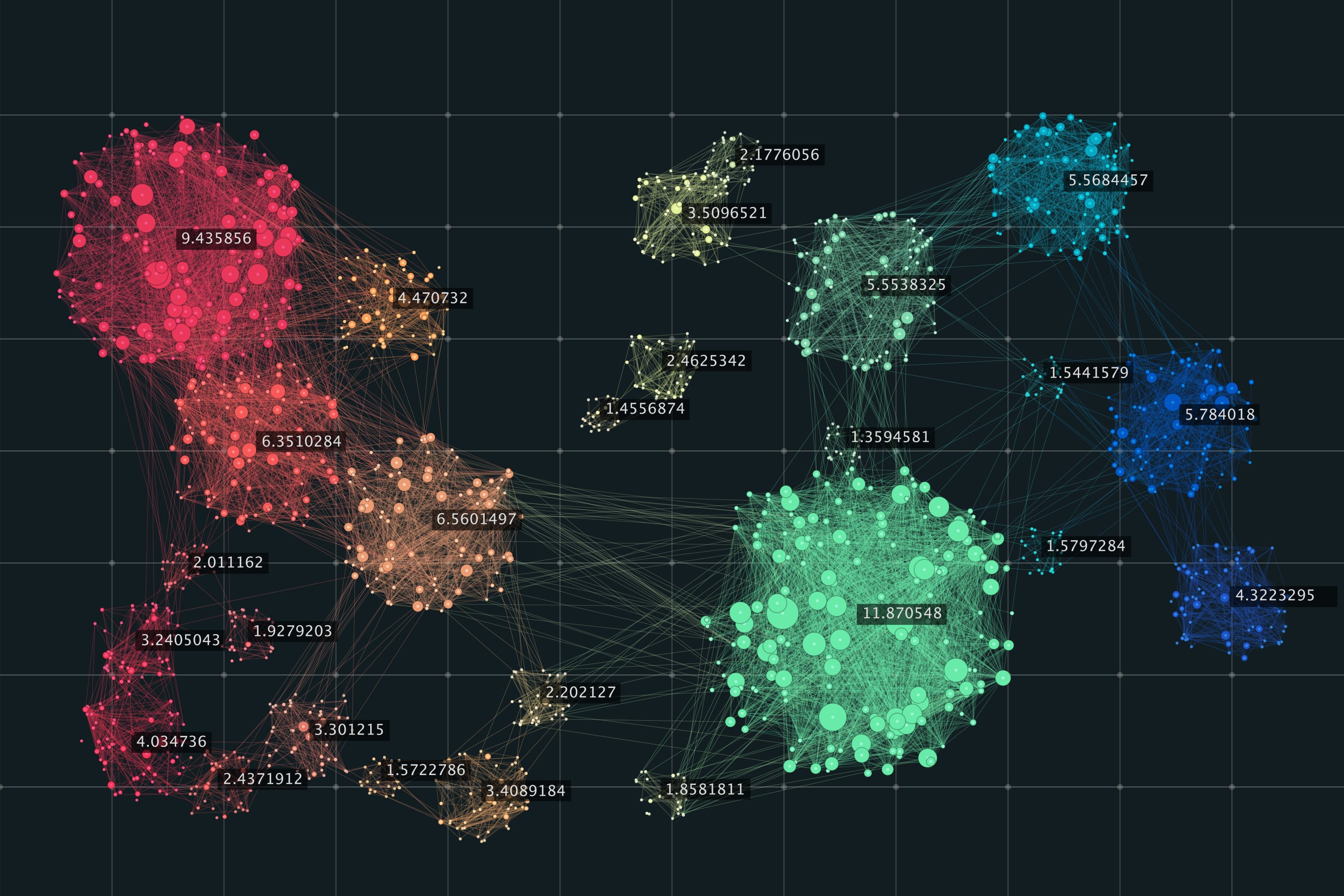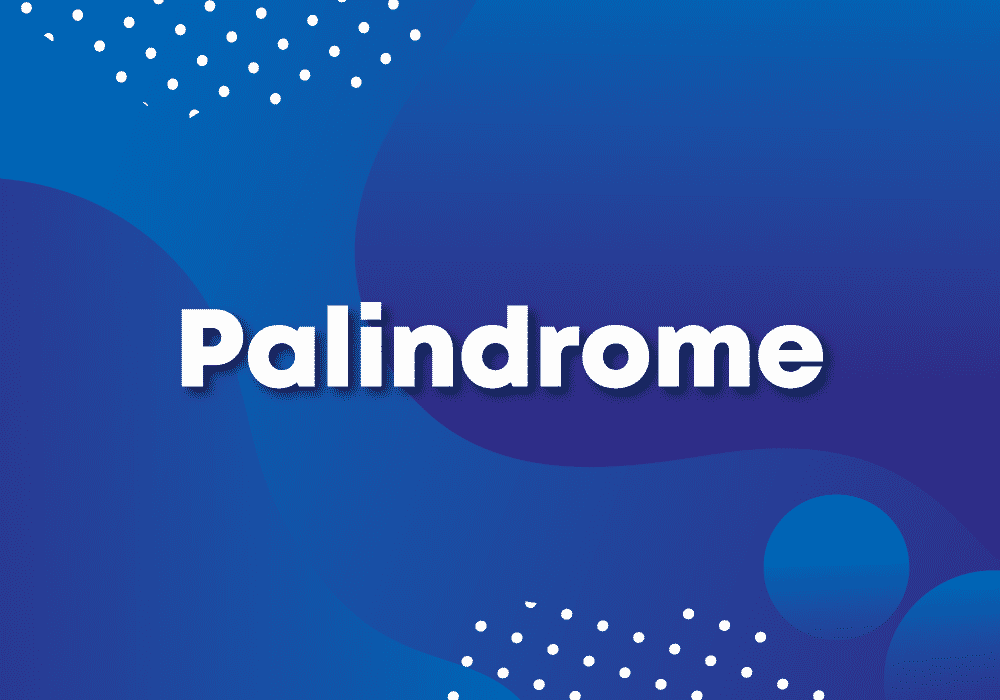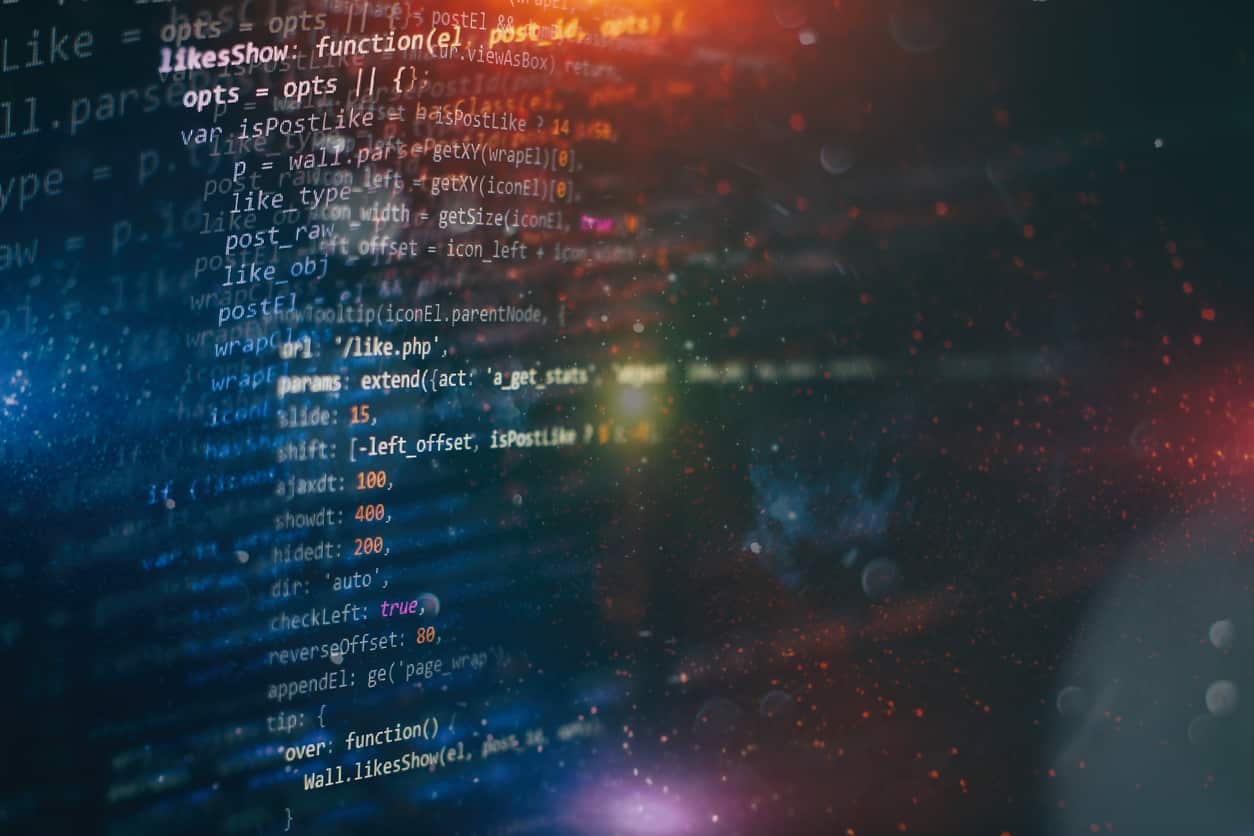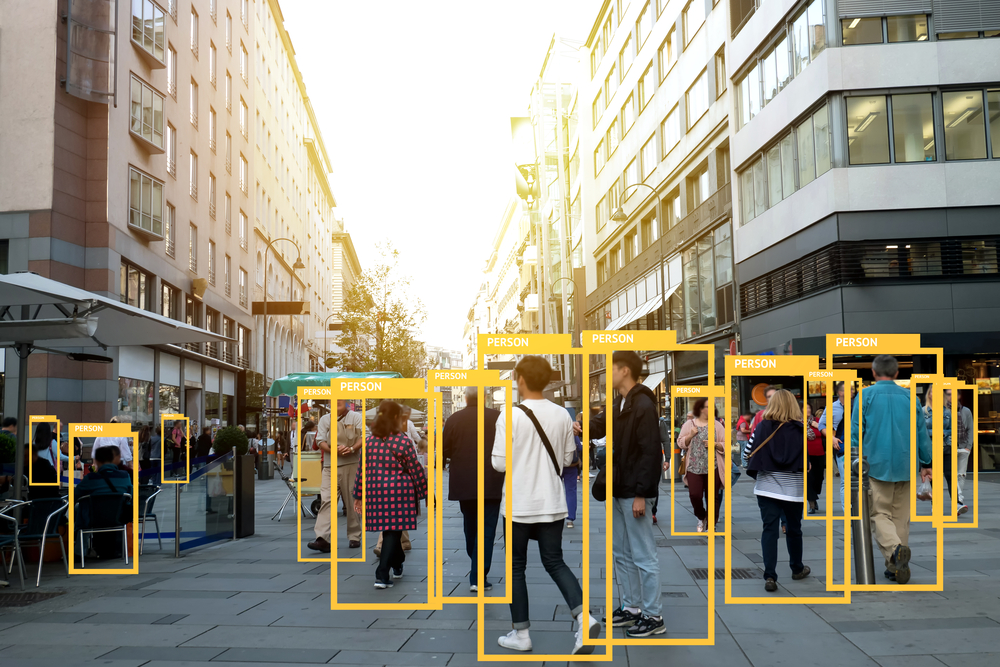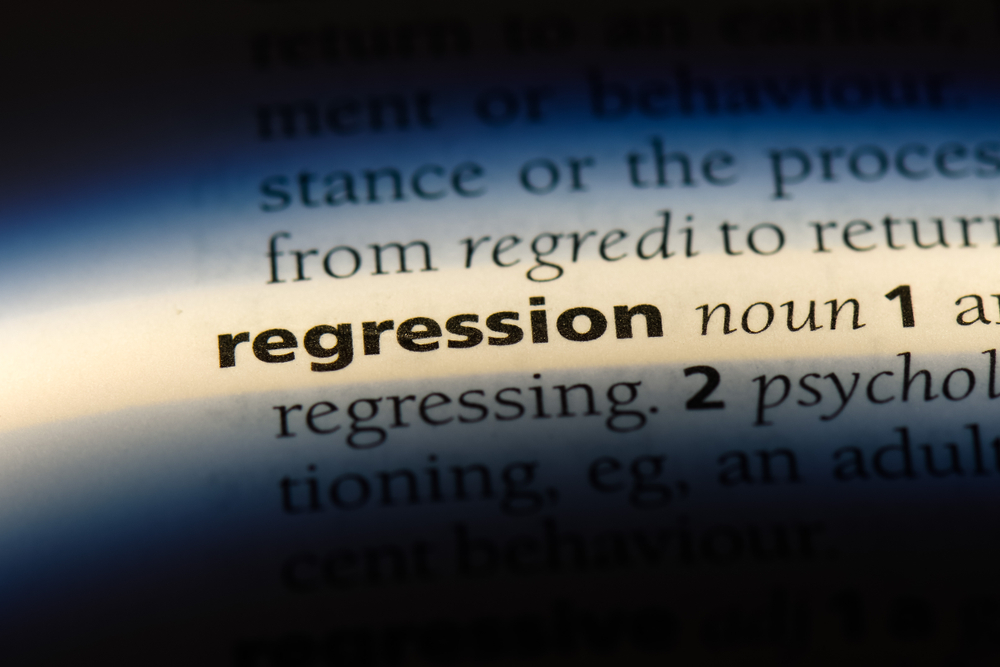- What is Pattern Recognition?
- Types of Pattern Recognition Algorithms in Machine Learning
- Areas where Pattern Recognition is used
- Tools used for Pattern Recognition in Machine Learning
- Advantages of Pattern Recognition
- Importance of Pattern Recognition in Machine Learning
- Applications of Pattern Recognition
- Conclusion
Patterns are everywhere. They belong to every aspect of our daily lives. Everything involves some pattern, from the design and color of our clothes to using intelligent voice assistants. When we say that everything consists of a pattern or has a pattern, the common question that comes to our minds is, what is a pattern? Patterns are regularities in any data that give it some meaning. With these patterns, we can classify random data to derive meaningful decisions.
Pattern recognition in machine learning provides human intelligence to ML models by making them adept at recognizing patterns so they can make meaningful decisions based on extracted data. In this article, we’ll understand pattern recognition in depth, its types and advantages, and its applications in the modern world
What is Pattern Recognition?
Pattern recognition as the name suggest is the process of recognizing patterns, by matching it with earlier known patterns or creating groups based on the newly discovered patterns, both using machine learning algorithms. Recongizing patterns are very fundamental to human brains and Machine Learning tries to replicate it.
Decision making also becomes faster with better pattern recognition as the decision you’re going to make will depend upon the assessment of the current situation, hence recognizing the hidden patterns that influence the further decision.
Enroll in Great Learning’s Machine Learning Program and explore the fundamentals of pattern recognition to enhance your expertise.
Start learning now!
Types of Pattern Recognition Algorithms in Machine Learning
Pattern recognition methods try to either classify patterns based on previous knowledge of patterns or create groups based on patterns discovered in the process. Based on these two aspects, we have two types of pattern recognition as follows:
1. Using Supervised Algorithms
When we follow a supervised approach during pattern recognition, it’s called classification. These algorithms use a two stage methodology for identifying the patterns. In the first stage, the development/construction of the model takes place and the second stage involves the prediction for new or unseen objects.
The following steps are generally followed when recognizing patterns using supervised ML algorithms:
- Partition the given data into two sets- Training and Test set
- Train the model using a suitable machine learning algorithm such as SVM (Support Vector Machines), decision trees, random forest, etc.
- Training is the process through which the model learns or recognizes the patterns in the given data for making suitable predictions.
- The test set contains already predicted values.
- It is used for validating the predictions made by the training set.
- The model is trained on the training set and tested on the test set.
- The performance of the model is evaluated based on correct predictions made.
- The trained and tested model developed for recognizing patterns using machine learning algorithms is called a classifier.
- This classifier is used to make predictions for unseen data/objects.
2. Using Unsupervised Algorithms
In contrast to the supervised approach for pattern recognition that make use of training and testing sets, these algorithms use a group by approach. They observe the patterns in the data and group them based on the similarity in their features such as dimension to make a prediction.
Let’s say that we have a basket of different kinds of fruits such as apples, oranges, pears, and cherries. We assume that we do not know the names of the fruits. We keep the data as unlabeled.
Now, suppose we encounter a situation where someone comes and tells us to identify a new fruit that was added to the basket. In such a case we make use of a concept called clustering.
- Clustering combines or group items having the same features.
- No previous knowledge is available for identifying a new item.
- They use machine learning algorithms like hierarchical and k-means clustering.
- Based on the features or properties of the new object, it is assigned to a group to make a prediction.
Know More about Market Basket Analysis in this free course.
Areas where Pattern Recognition is used
- Data Mining– It refers to the extraction of useful information from large amounts of data from heterogeneous sources. The meaningful data obtained from data mining techniques are used for prediction making and data analysis.
- Recommender Systems– Most of the websites dedicated to online shopping make use of recommender systems. These systems collect data related to each customer purchase and make suggestions using machine learning algorithms by identifying the trends in the pattern of customer purchase.
- Image processing– Image process is basically of two types – Digital Image processing and Analog image processing. Digital image processing uses intelligent machine learning algorithms for enhancing the quality of the image obtained from distant sources such as satellites.
- Bioinformatics – It is a field of science that uses computation tools and software to make predictions relating to biological data. For example, suppose someone discovered a new protein in the lab but the sequence of the protein is not known. Using bioinformatics tools, the unknown protein is compared with a huge number of proteins stored in the database to predict a sequence based on similar patterns.
- Analysis– Pattern recognition is used for identifying important data trends. These trends can be used for future predictions. An analysis is required in almost every domain be it technical or non-technical. For example, the tweets made by a person on twitter helps in sentiment analysis by identifying the patterns in the posts using natural language processing.
Enroll in Great Learning’s Machine Learning Program and explore the fundamentals of pattern recognition to enhance your expertise.
Start learning now!
Tools used for Pattern Recognition in Machine Learning
- Amazon Lex – It is an open-source software/service provided by Amazon for building intelligent conversation agents such as chatbots by using text and speech recognition.
- Google Cloud AutoML – This technology is used for building high-quality machine learning models with minimum requirements. It uses neural networks (RNN -recurrent neural networks) and reinforcement learning as a base for model construction.
- R-Studio – It uses the R programming language for code development. It is an integrated development environment for developing and testing pattern recognition models.
- IBM Watson Studio – IBM Watson Studio is an open-source tool provided by IBM for data analysis and machine learning. It is used for the building and deployment of machine learning models on a desktop.
- Microsoft Azure Machine Learning Studio – Provided by Microsoft, this tool is using a drag and drop concept for building and deployment of the machine learning models. It offers a GUI (Graphical User Interface) based environment for model construction and usage.
Advantages of Pattern Recognition
Using pattern recognition techniques provides a large number of benefits to an individual. It not only helps in the analysis of trends but also helps in making predictions.
- It helps in the identification of objects at varying distances and angles.
- Easy and highly automated.
- It is not rocket science and does not require an out of the box thinking ability.
- Highly useful in the finance industry to make valuable predictions regarding sales.
- Efficient solutions to real-time problems.
- Useful in the medical fields for forensic analysis and DNA (Deoxyribonucleic acid) sequencing.
Importance of Pattern Recognition in Machine Learning
- Pattern recognition identifies and predicts even the smallest of the hidden or untraceable data.
- It helps in the classification of unseen data.
- It makes suitable predictions using learning techniques.
- It recognizes and identifies an object at varying distances.
- It not only helps in the prediction of the unseen data but also helps in making useful suggestion.
Applications of Pattern Recognition

1. Trend Analysis:
Pattern recognition identifies trends in data, which can be used to make informed predictions or analyses.
Example: By analyzing a retail company’s sales data over the past year, you can detect seasonal trends and purchasing patterns. For instance, if sales peak during the holiday season and drop during the summer, this trend can help predict future sales volumes and adjust inventory levels accordingly.
2. Assistance:
Pattern recognition helps in daily tasks by predicting and alerting users to potential issues using machine learning algorithms.
Example: Navigation apps use machine learning to recognize patterns in traffic data and predict congestion. If the app identifies a recurring pattern of heavy traffic on a particular route during rush hour, it can suggest alternative paths to avoid delays and improve your travel experience.
3. E-Commerce:
Visual search engines and recommender systems use pattern recognition to enhance the online shopping experience by suggesting relevant products.
Example: When shopping online, if you upload a photo of a dress you like, visual search engines analyze its features (color, shape, fabric) to find similar items available in the store. Additionally, recommender systems track your purchase history and browsing behavior to suggest related products, such as recommending matching accessories based on the items you’ve viewed or bought.
4. Computer Vision:
Computer vision involves analyzing images or videos to identify and group similar patterns and objects.
Example: In medical imaging, computer vision algorithms can analyze thousands of mammogram images to detect signs of breast cancer. The system identifies patterns and anomalies in the images, comparing them to a database of known cases to help radiologists spot potential tumors more accurately.
5. Biometric Devices:
Biometric devices use pattern recognition technologies like face and fingerprint recognition for secure authentication.
Example: Face recognition technology in smartphones scans your facial features and compares them to a stored image. If the patterns match, the device unlocks. Similarly, fingerprint scanners analyze the unique patterns of ridges and valleys in your fingerprint to grant access, ensuring secure and personalized device protection.
Conclusion
Machine learning is one of the buzz words in the 21st century. It is highly in demand due to popular machine learning applications and advantages. It has revolutionized all the industries with its amazing capabilities. Machine learning has different fields and scopes some of which include pattern recognition, data mining, analysis, etc.
Pattern recognition in machine learning is widely used in almost every industry today be it technical or non-technical. It has helped in the analysis and visualization of various trends. It has not only increased the efficiency and ease of analysis and prediction making but has also increased the job opportunities in the field.
Leading companies like Microsoft, Google, and Amazon are actively seeking skilled professionals in pattern recognition and data analysis to drive their innovations. If you’re eager to dive into this dynamic field and make impactful contributions, explore Great Learning’s Machine Learning Program. Our comprehensive curriculum is designed to equip you with the skills and knowledge needed to excel in this exciting area.
Learn more about our program and start your journey today!




